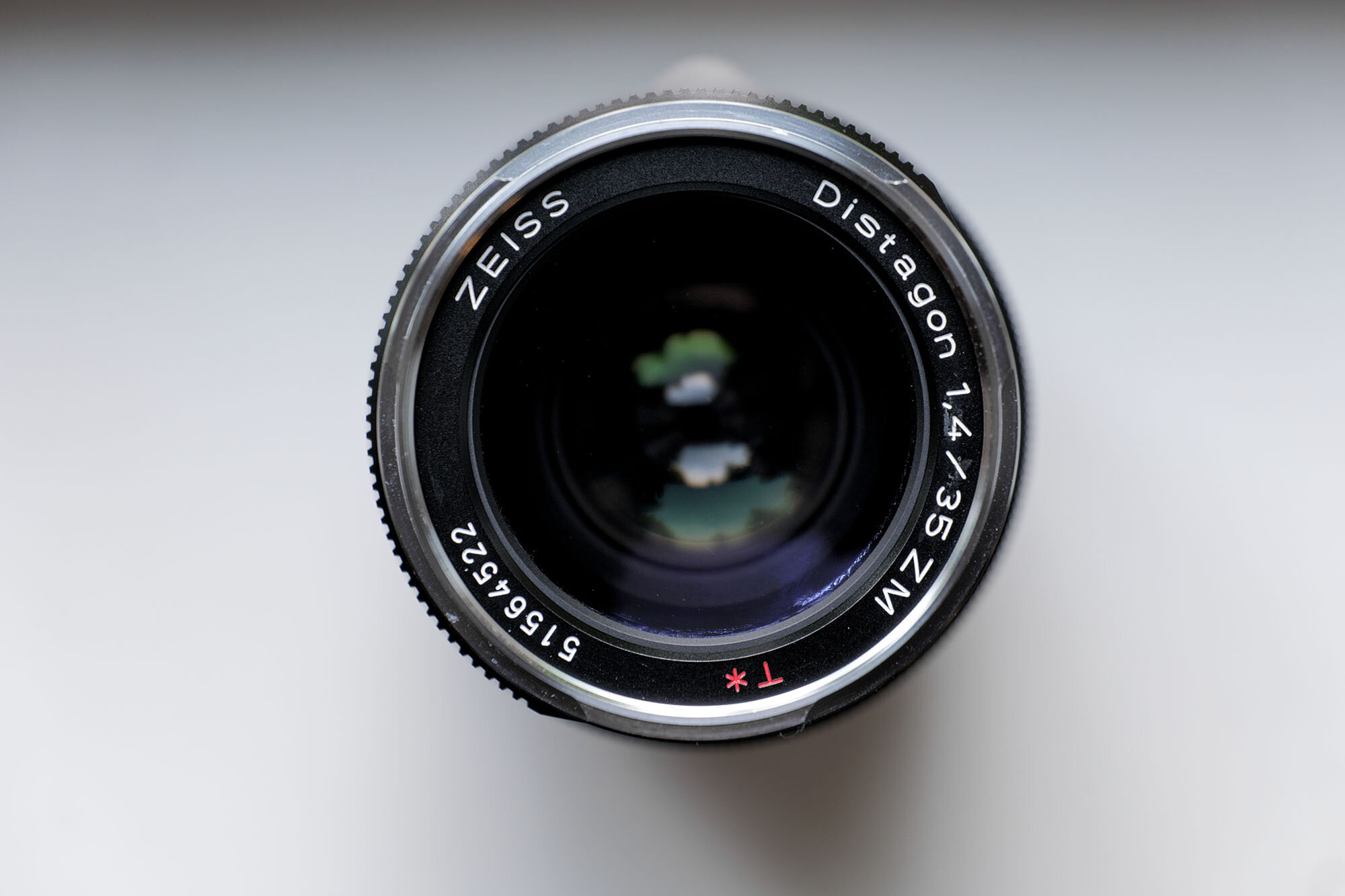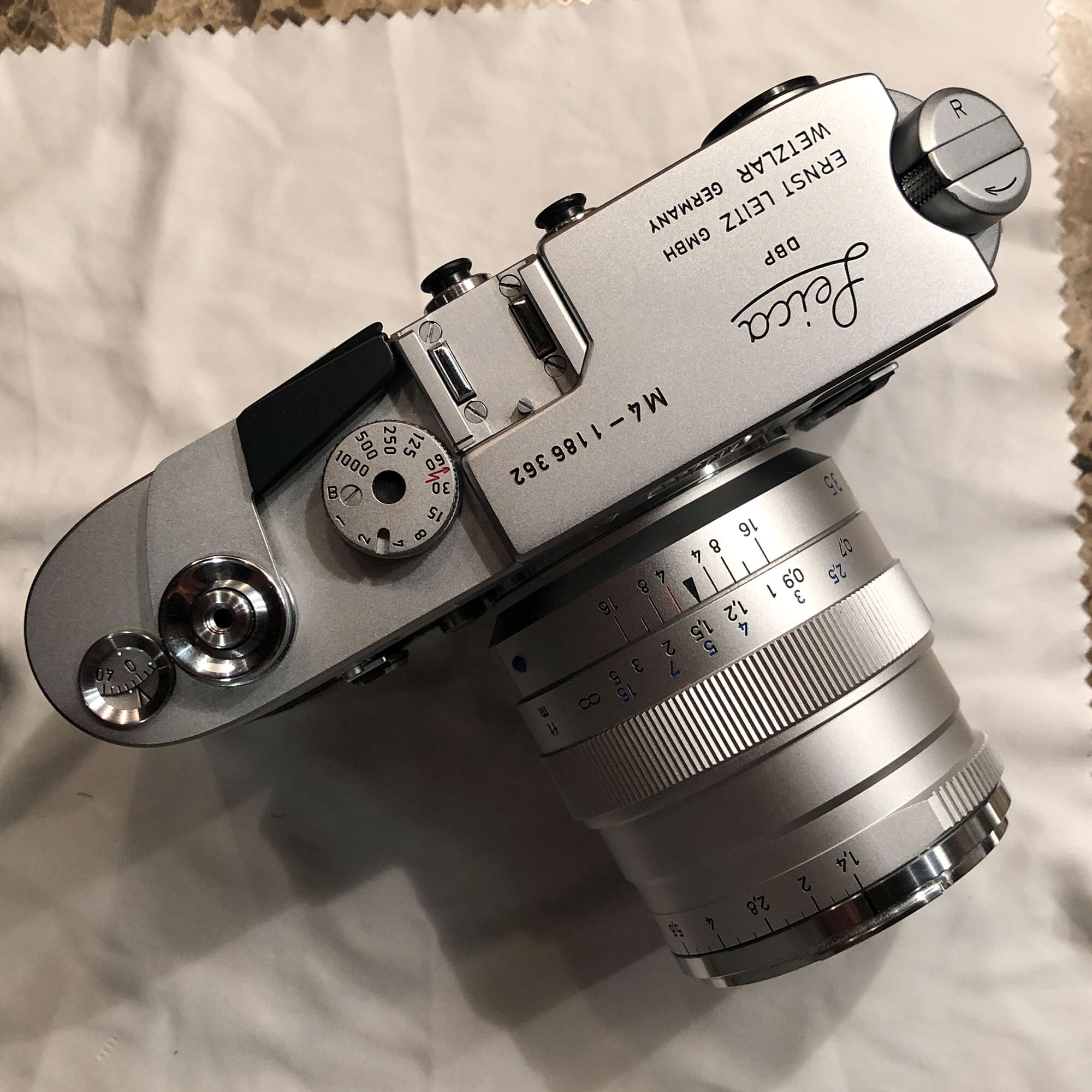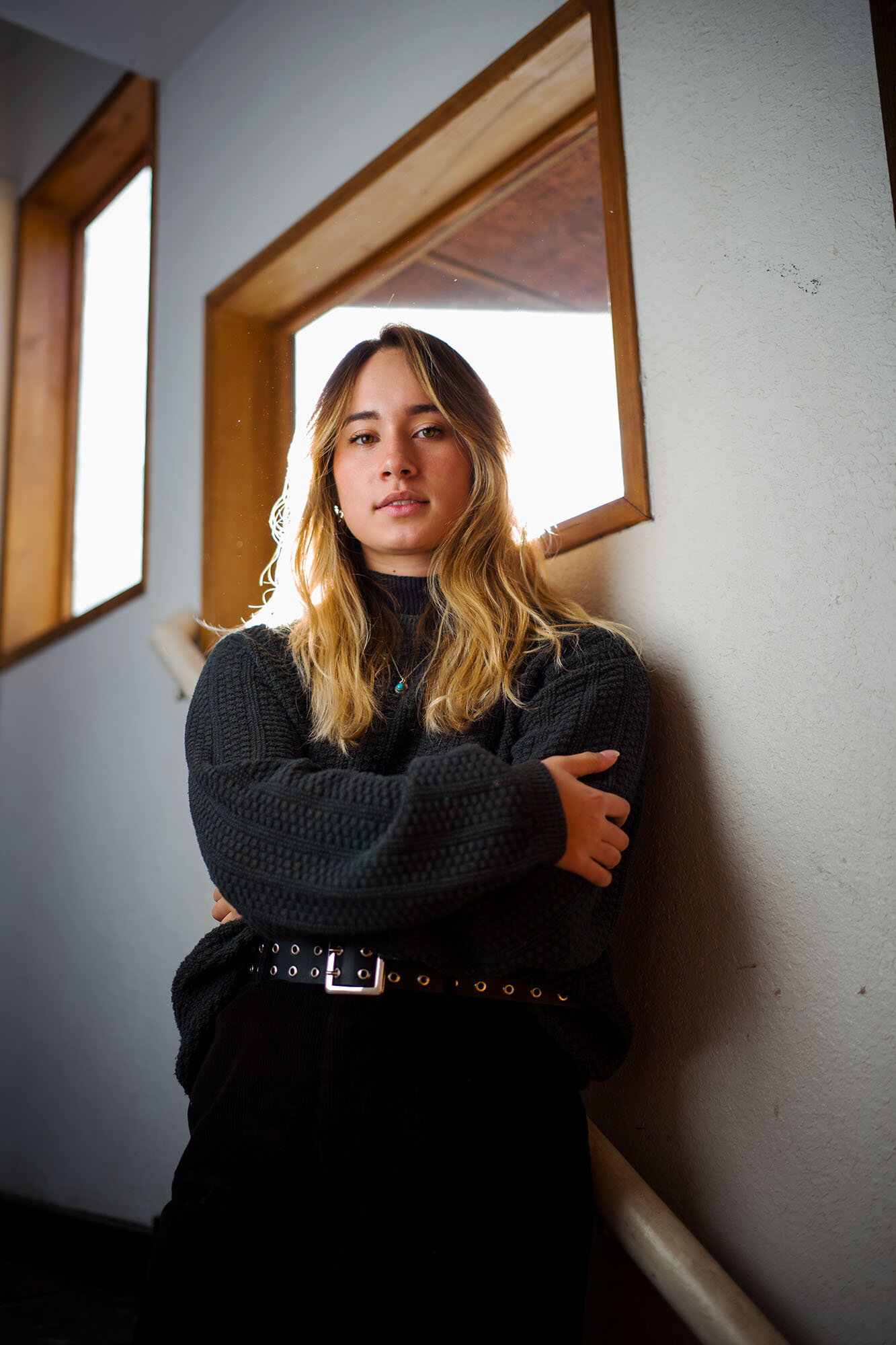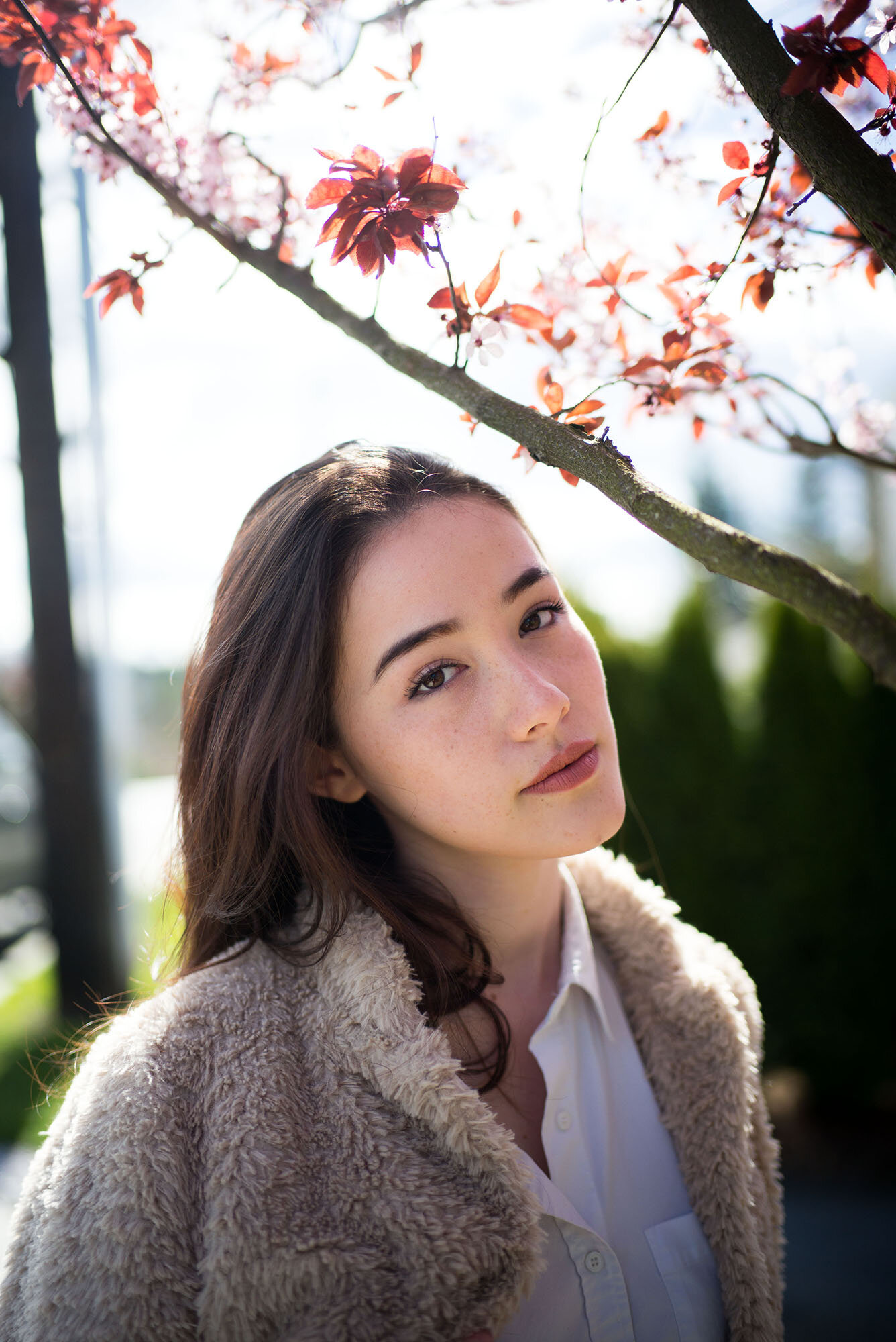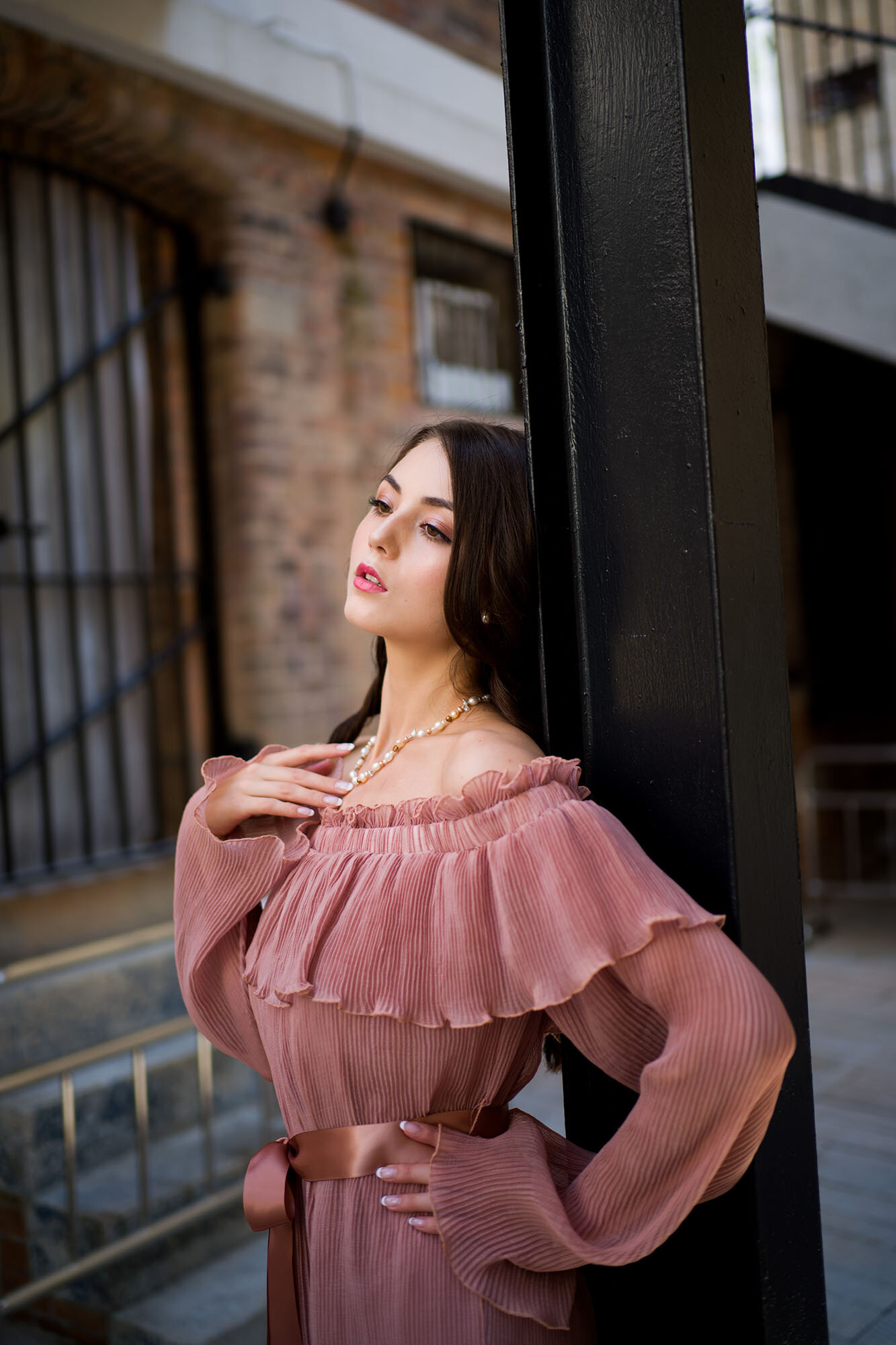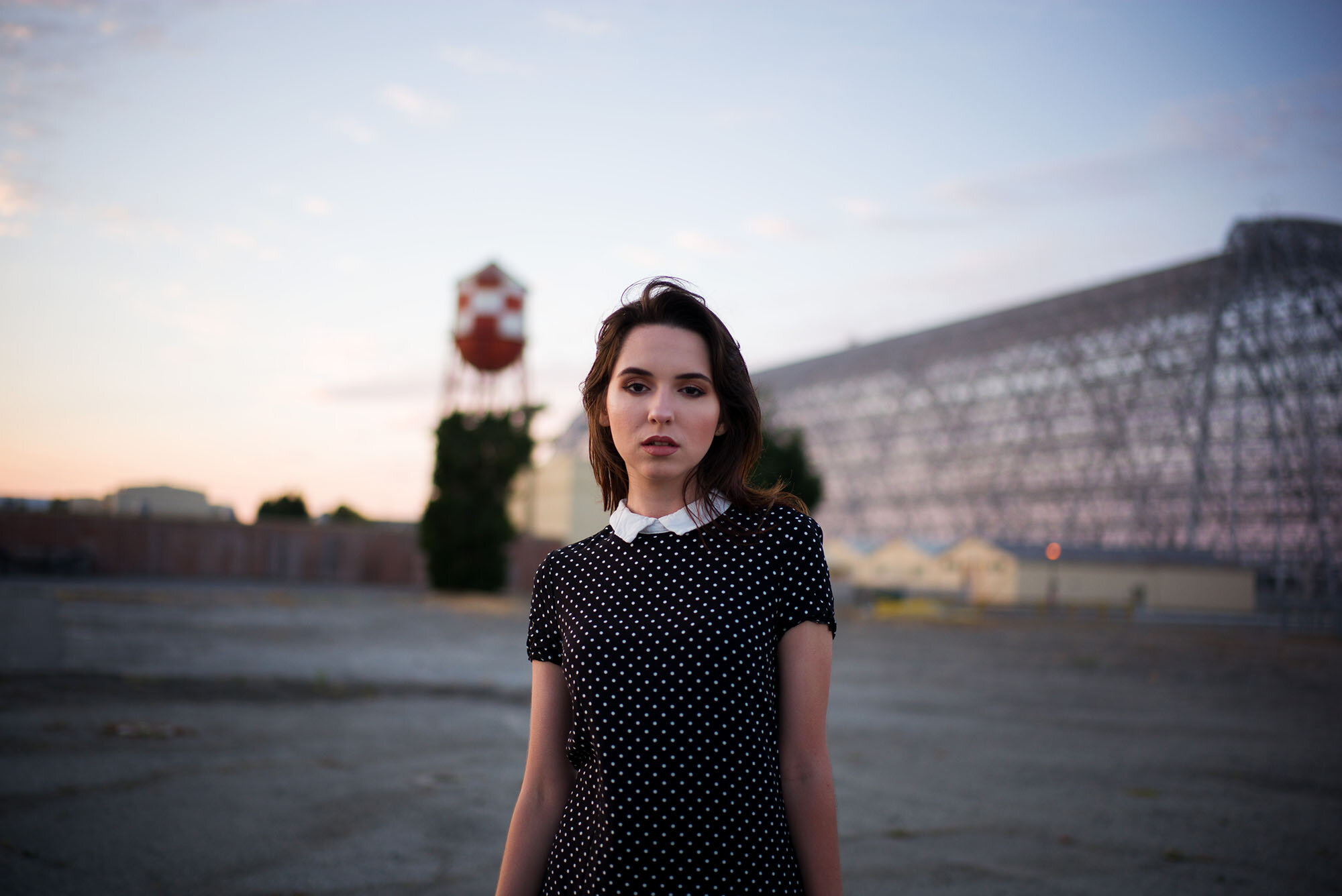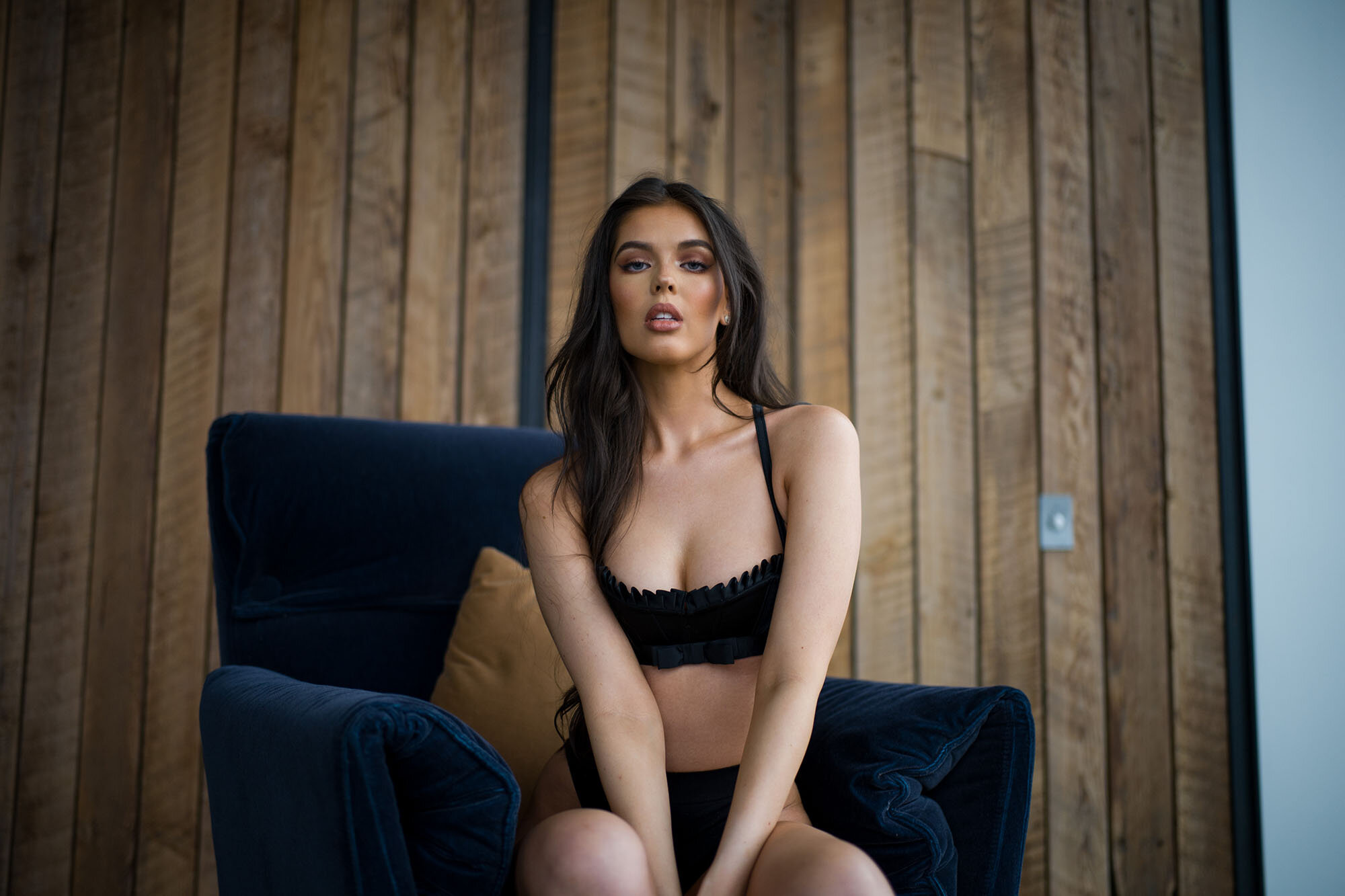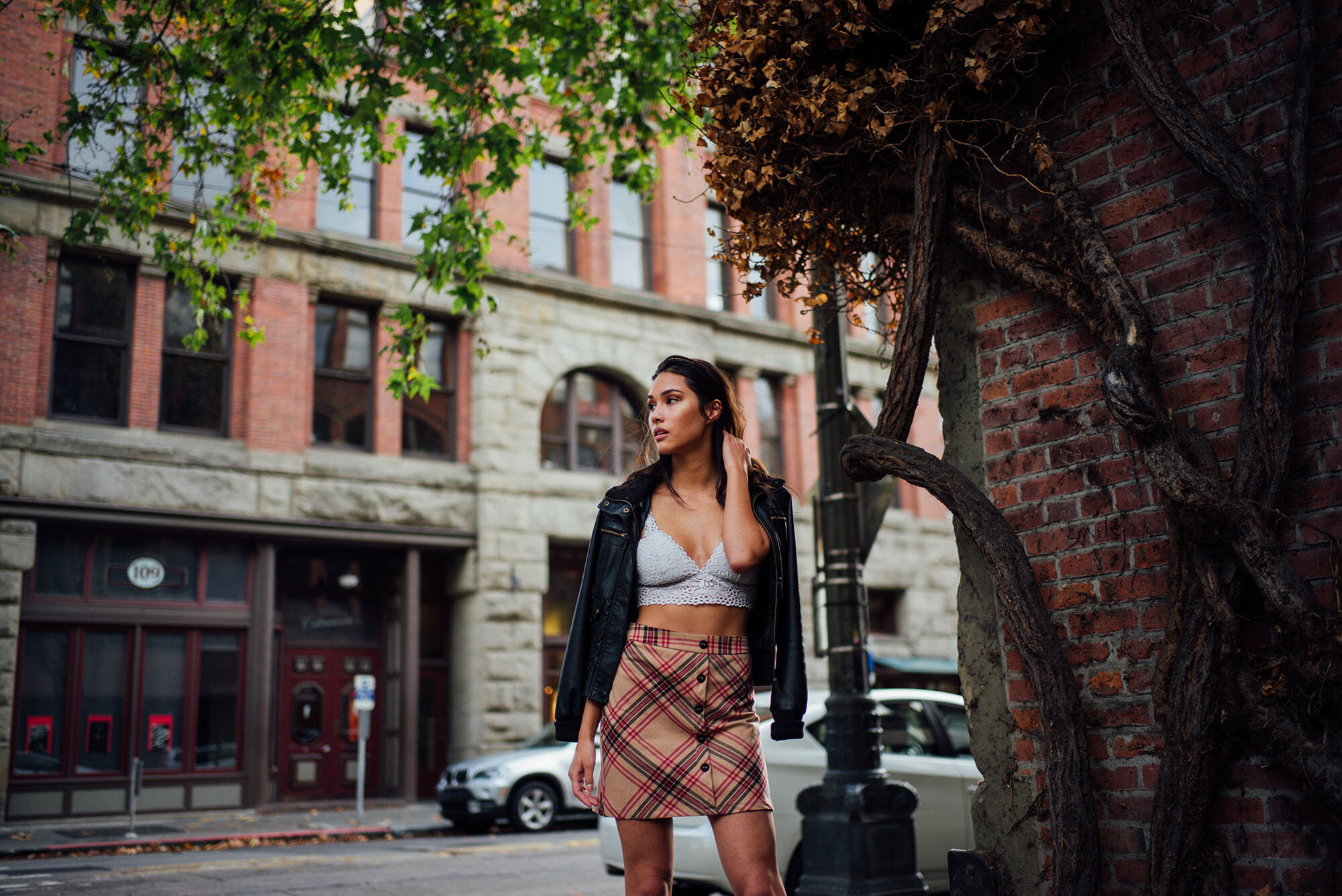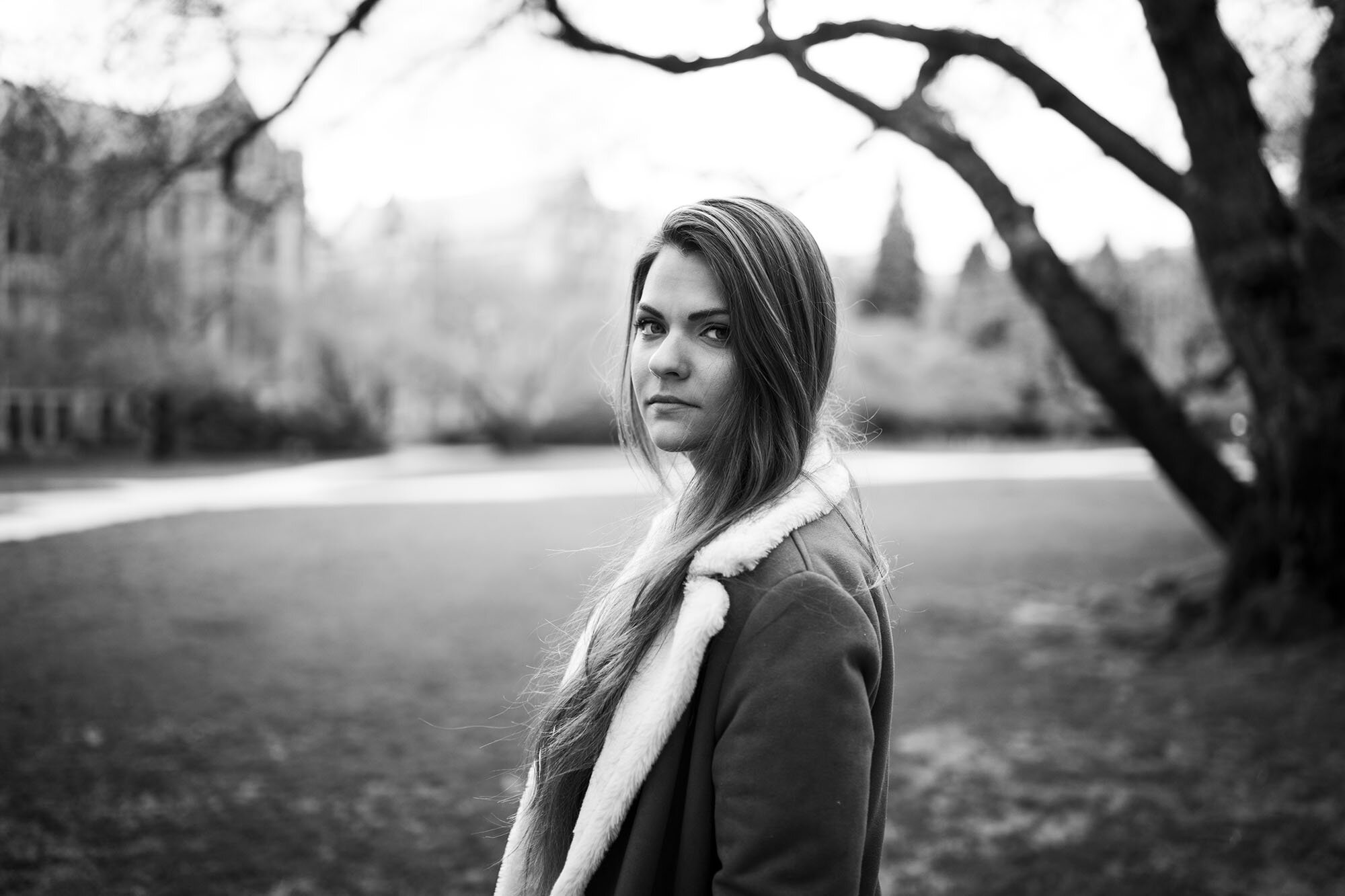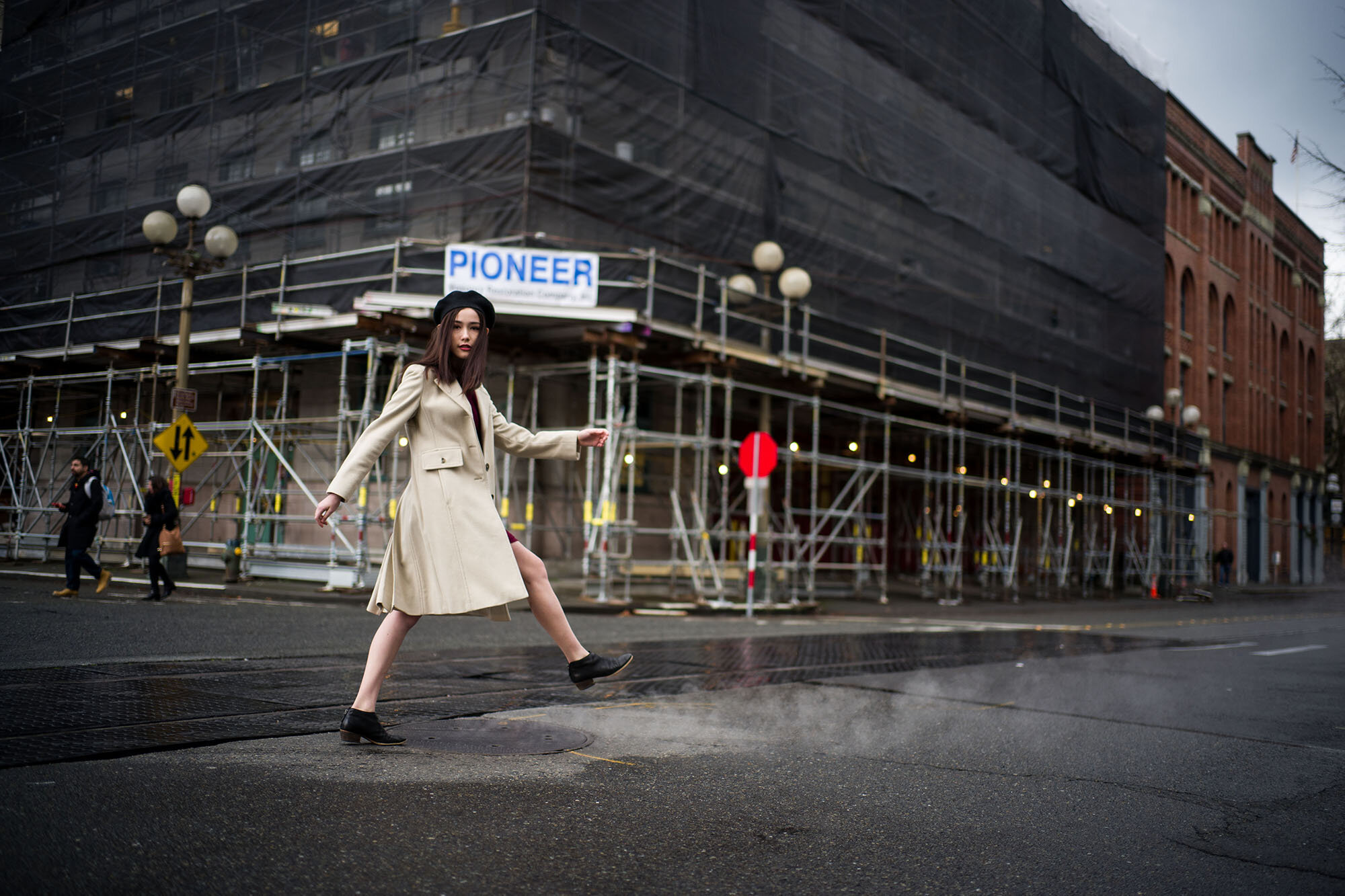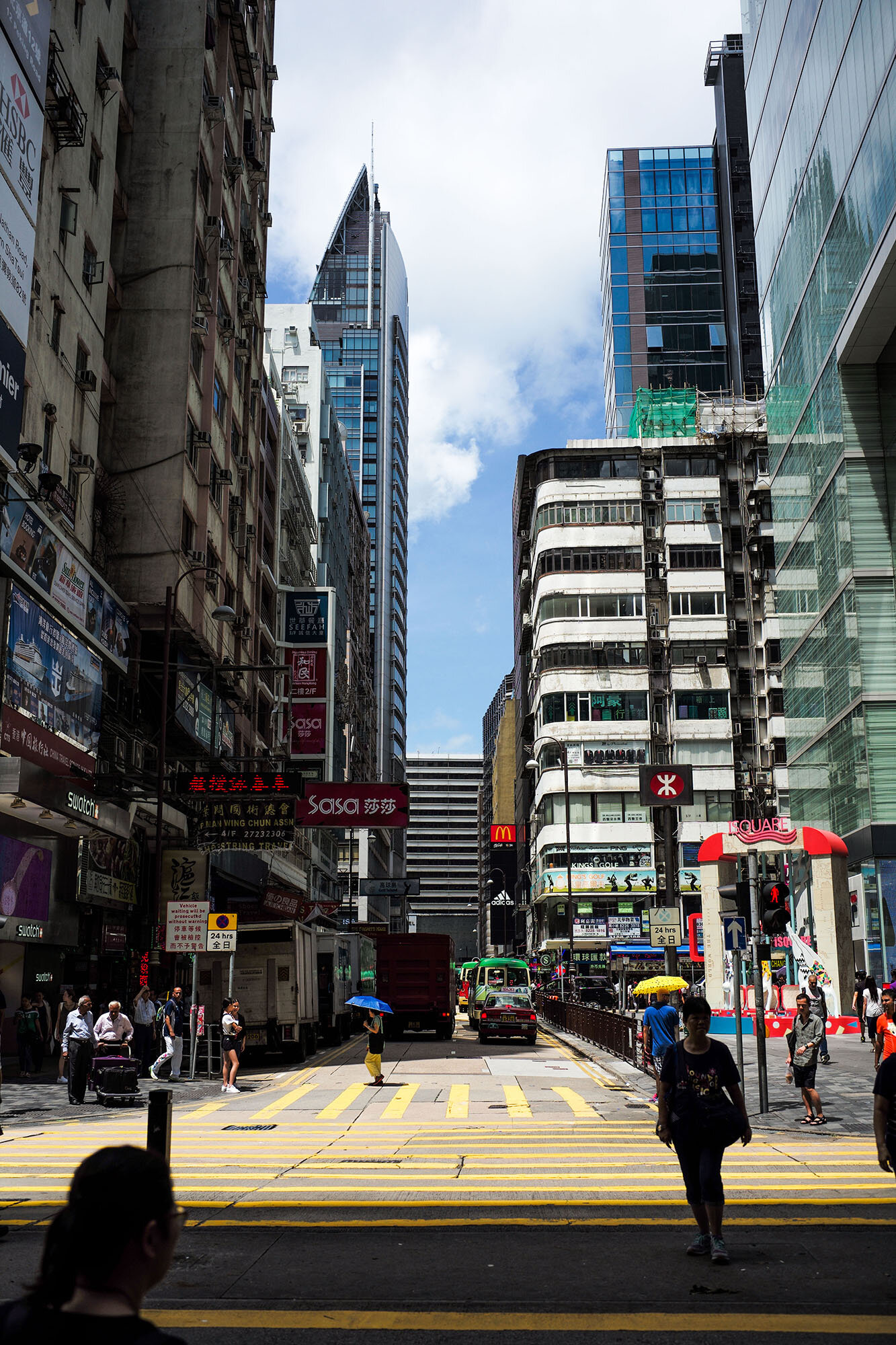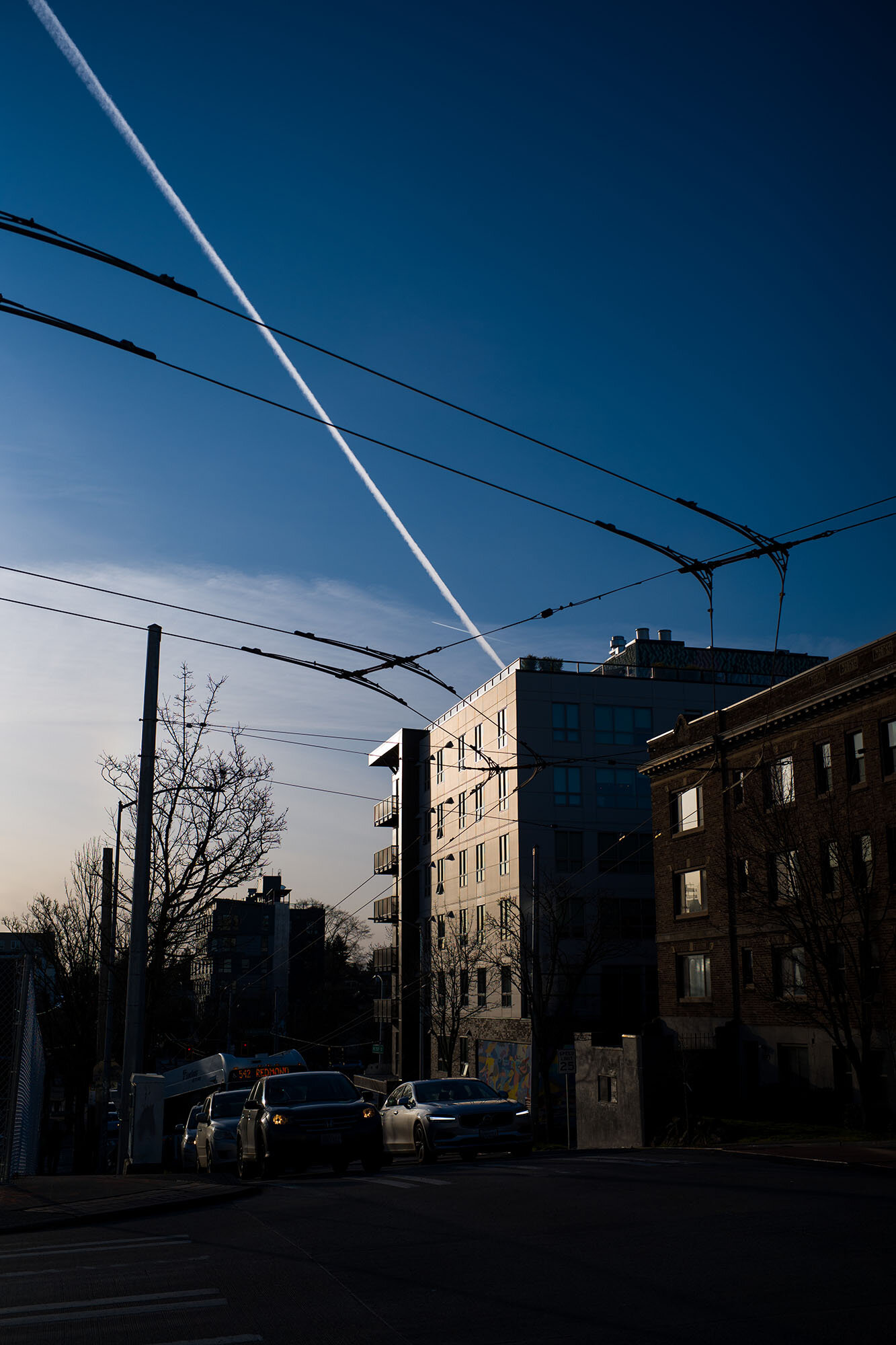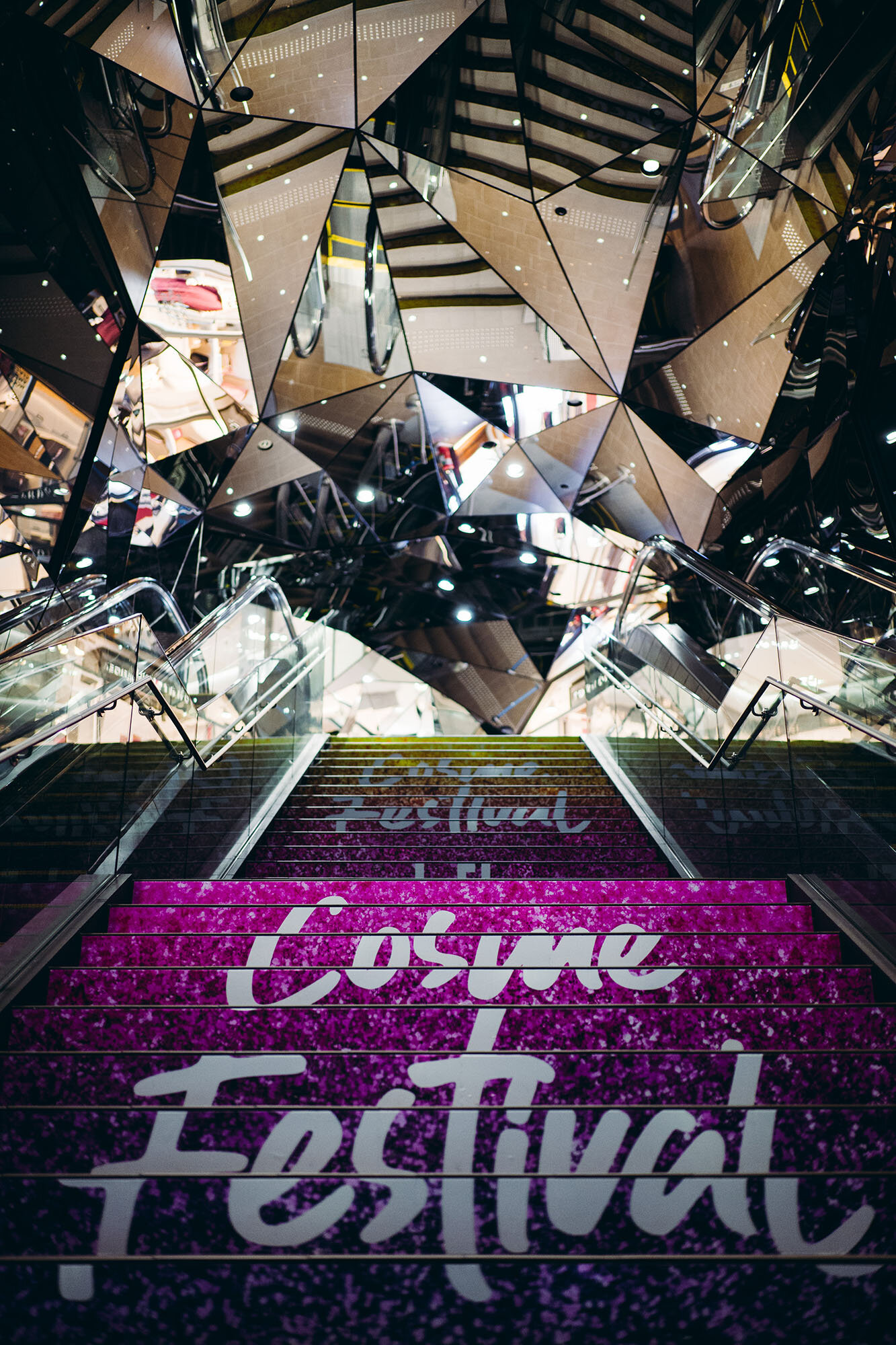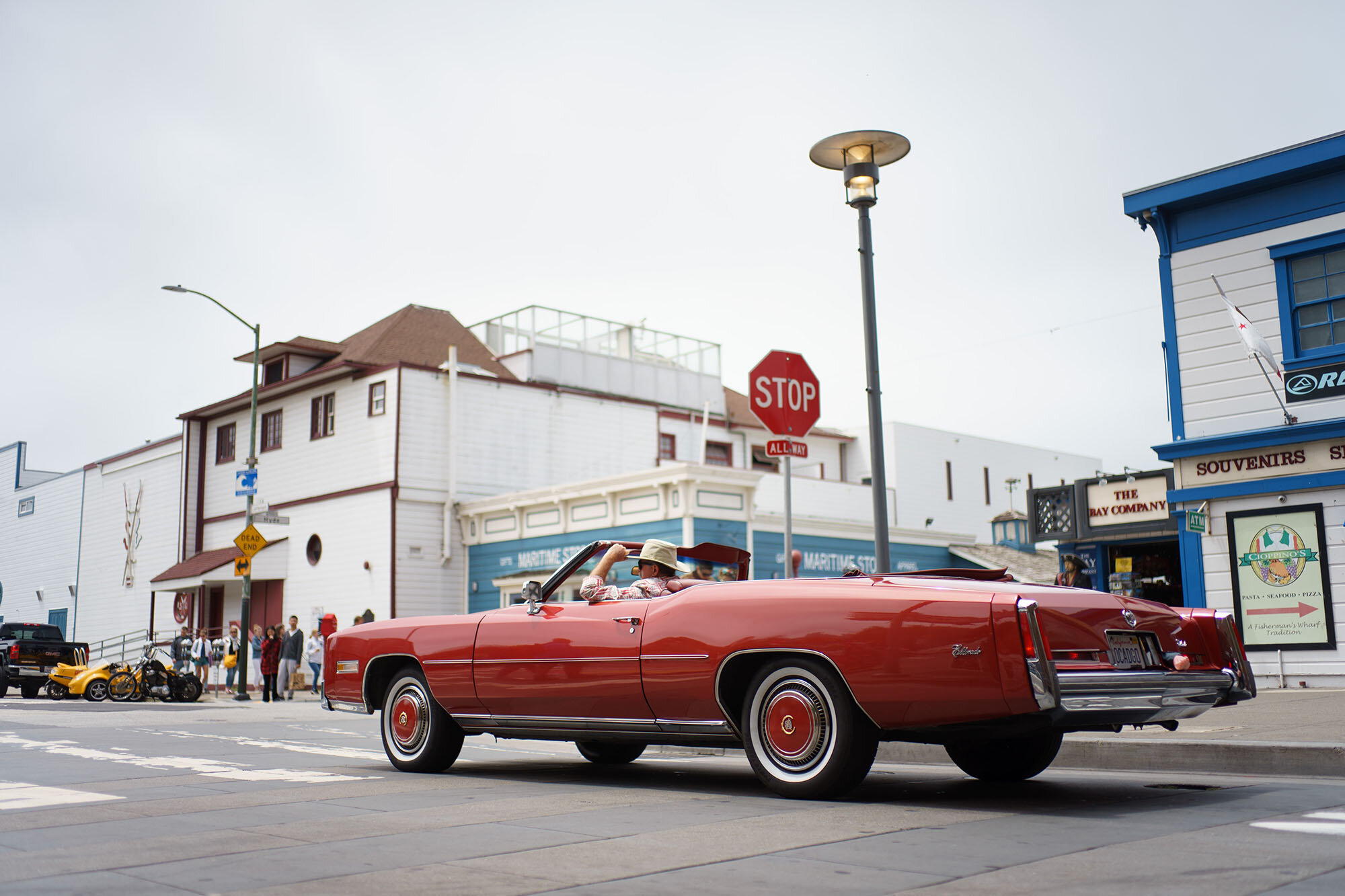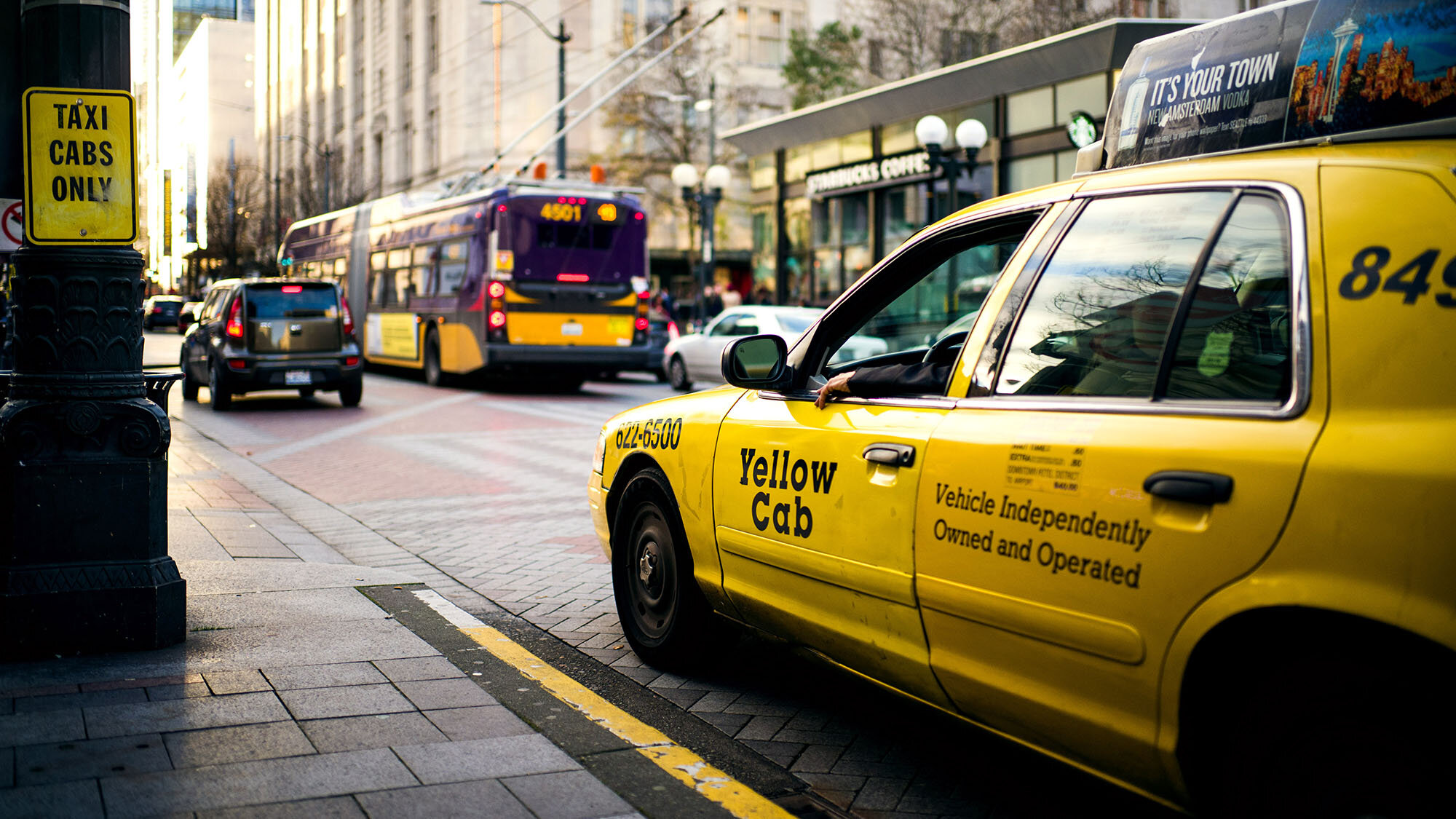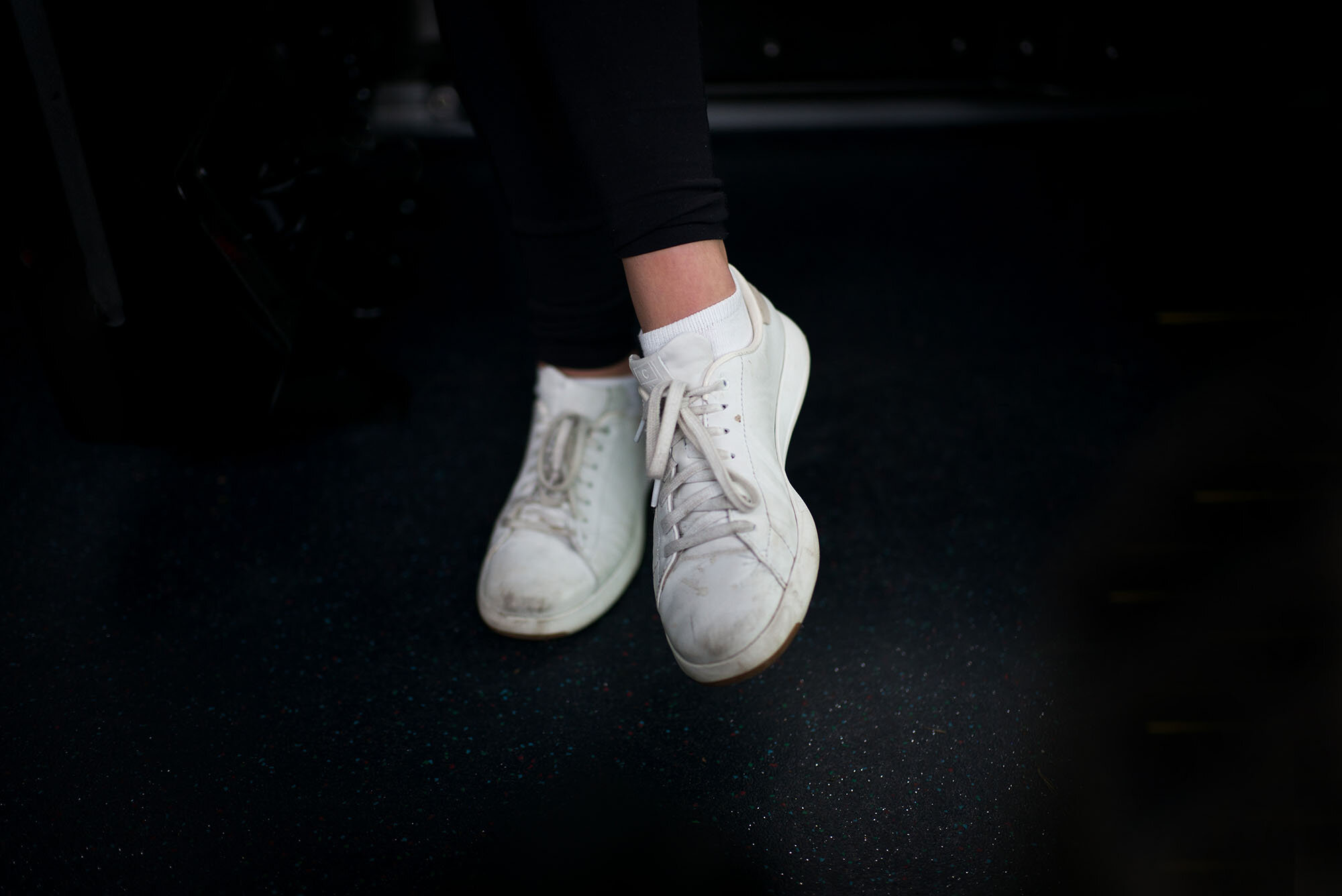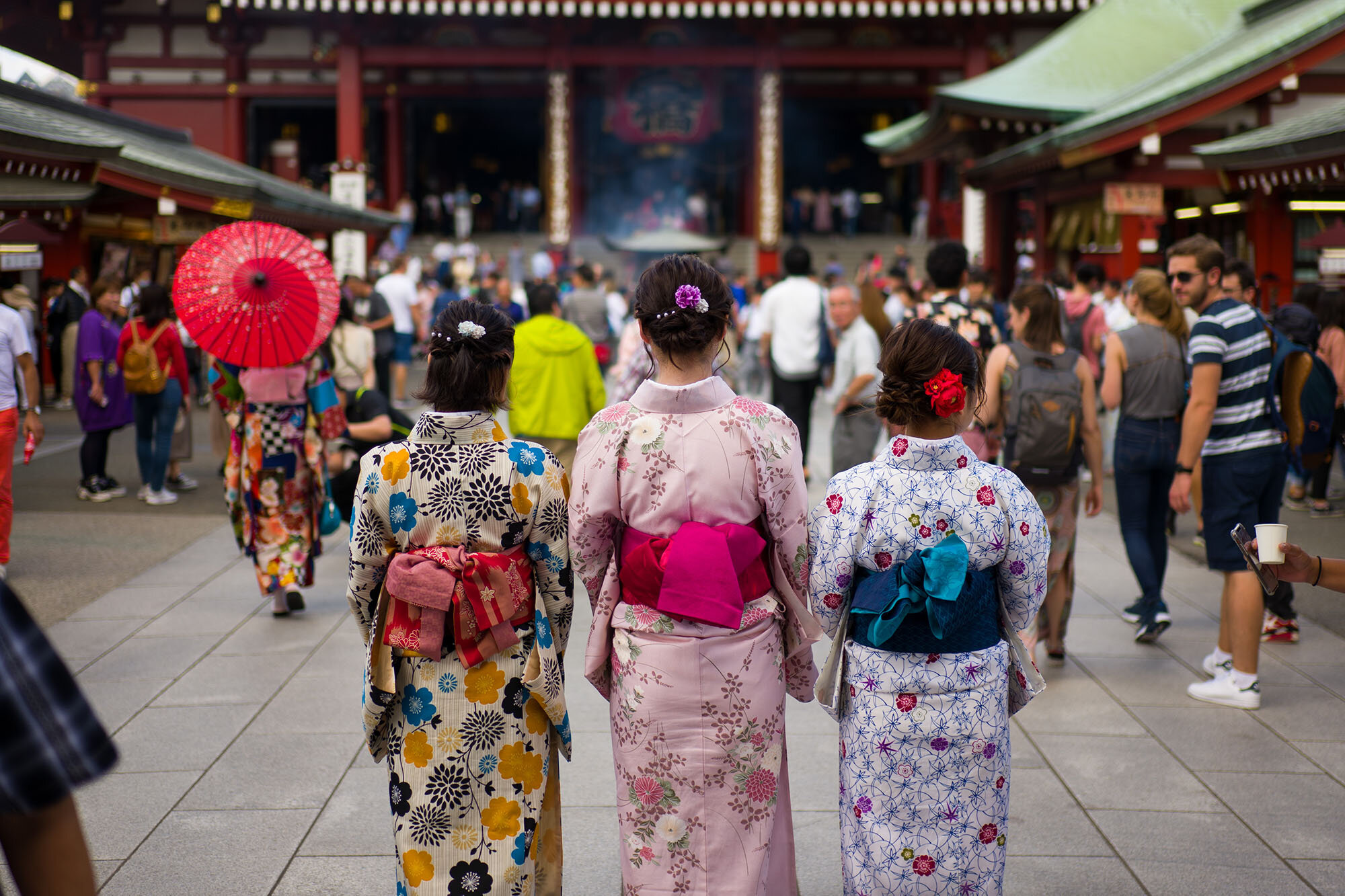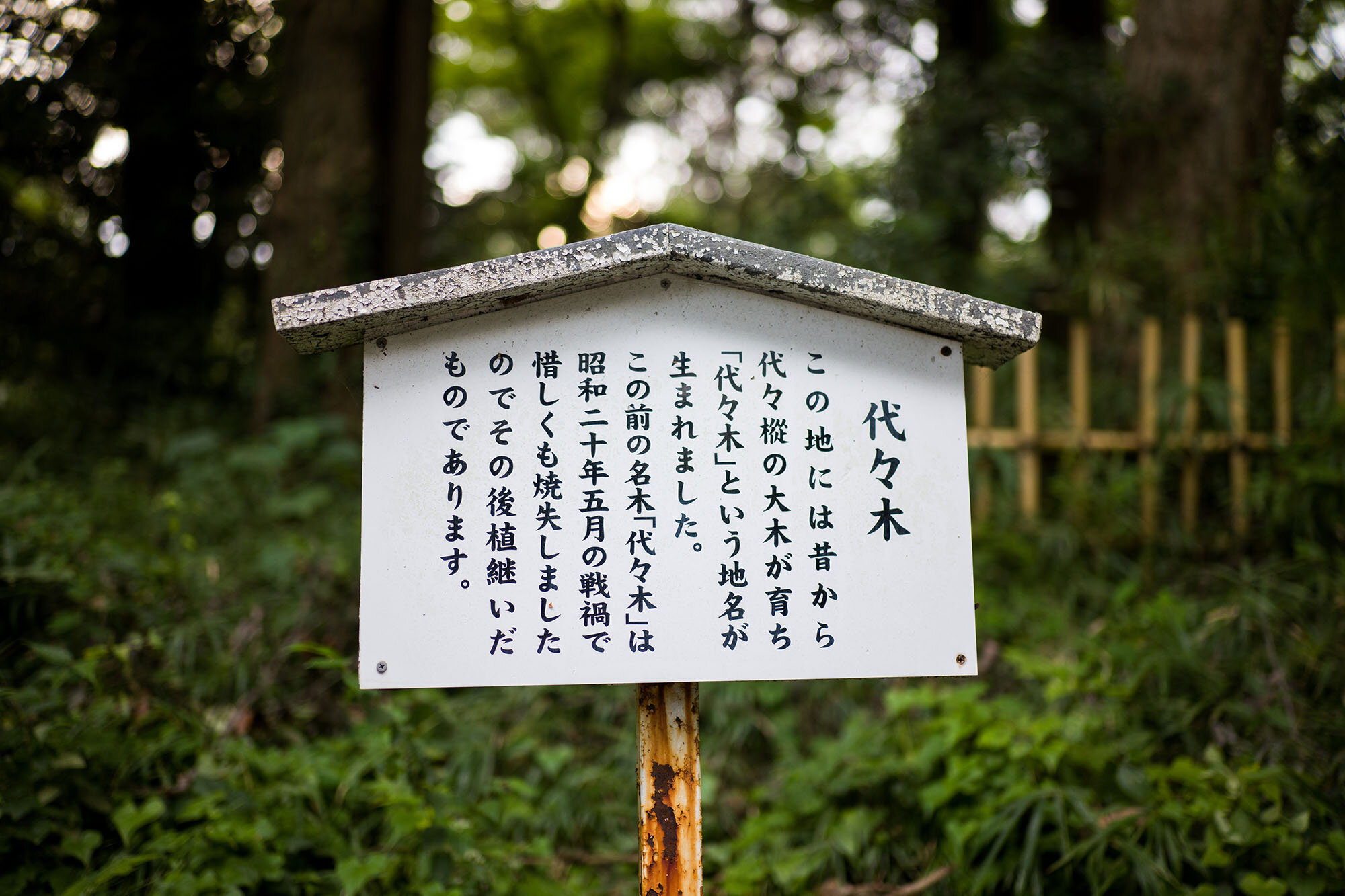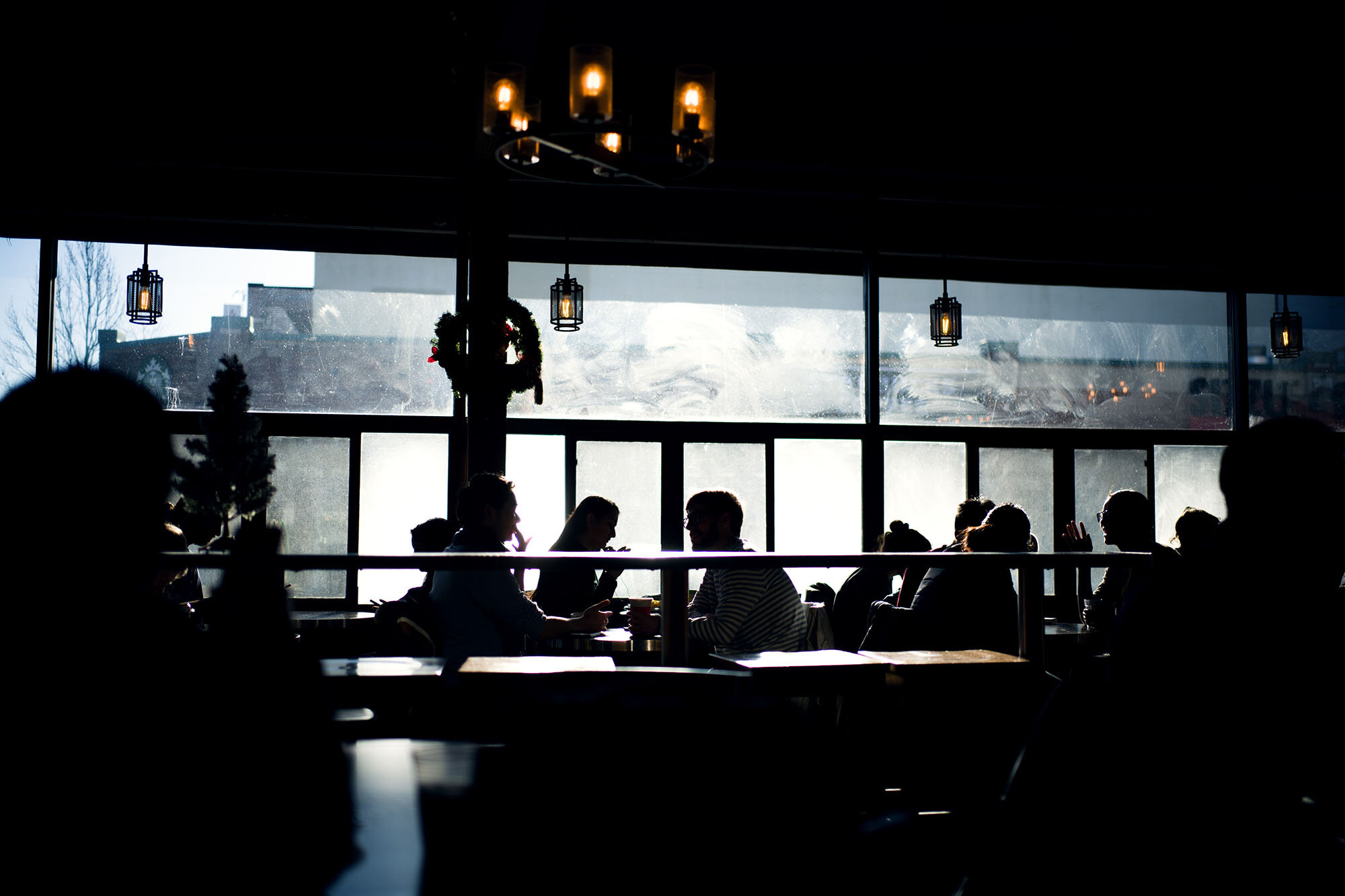INTRODUCTION
Five years ago, I received my first Leica camera. It was a Leica M9-P, generously gifted to me with a Leica 35mm f/2.5 Summarit-M lens. Back then, my idea of a good photo had:
1. Shallow depth of field
2. Bokeh
3. Sharpness
To give you some context, I thought, at the time, that the Nikon 85mm f/1.4 G was the best lens ever made. I was so mistaken. I had little knowledge about other Leica lenses, the art of storytelling, or anything else about photographing with high quality, manual lenses. After realizing how significant of a gift that I had received, I delved deeper into researching what kind of lenses I should use to make the CCD sensor in my M9-P really shine.
I came to two conclusions:
1. I needed a wide angle lens to enjoy the rangefinder to its full potential.
2. I needed bokeh.
I also quickly came to another conclusion: I couldn’t afford any of Leica’s lenses that offered me what I was looking for! So, I started looking for alternatives that I could afford to Leica’s 35mm and 50mm Summmilux-M ASPH lenses. I’ve had a philosophy that might be self-destructive, but I find that it keeps me focused on what I want most in life: Obtain the best possible version of the item I’m looking for. If I can’t afford it, save until I can afford it.
With this idea in mind, the Zeiss 35mm 1.4 ZM Distagon was the best option for my budget at the time. Before I received the M9-P, I had been shooting with the Nikon-mount Sigma 35mm f/1.4 Art lens, so the Zeiss 35mm seemed like the natural choice. But, did buying the Zeiss violate my own personal philosophy of wanting the best? I wasn’t sure. Almost all the reviews I read on the lens proved that it was similar, or on par with the $5,000 Leica 35mm f/1.4 Summilux-M ASPH FLE, for less than half the price. Obviously, I had to try it out.
BUILD QUALITY
One thing that I don’t like about current Leica ASPH model lenses is the tendency for their focus rings to catch at certain points within its rotation. I’ve had many issues with Leica 28mm Elmarit’s, Summicron’s, 35mm Summilux’s, all with distinct ‘hitches’ somewhere within the focus rotation, in which the focus ring catches.
After owning three of these Zeiss 35mm ZM Distagon’s, I’ve never encountered one with any stiffness or irregular issues with its focus and aperture rings. These Zeiss 35mm lenses are built to last, and have a very dense feeling to them. The all-metal lens barrel and rings feel great in the hand, and far from cheap. The paint finishes also match well with their respective Leica M body counterparts.
SIZE AND WEIGHT
As a consequence of its fantastic build quality, this lens is considered to be large for rangefinder-coupled lenses. As you can see in this image, the lens is dramatically longer than the Leica MP body, and much wider than most wide-angle lenses for the M system.
Furthermore, it’s not a light lens either. Weighing in at almost a pound, the Zeiss is 61 grams heavier (metric and imperial unit users, be happy) than the Leica 35mm f/1.4 Summilux-M ASPH FLE that it competes against.
However, among the dozens of cameras that I’ve used this lens on, I’ve rarely found that the size or the weight of the lens ever becomes bothersome in practical use. Especially when you consider how stunning its image quality is. We’ll get to that soon.
ADAPTABILITY
Over the years, dozens of camera bodies have come and gone in my gear collection. The Zeiss 35mm Distagon has been adapted or mounted on almost every camera that I’ve shot. Here’s a quick gallery of a few of those cameras:
The Distagon has performed admirably on all of the mirrorless systems that I’ve adapted on. The only caveat is varying levels of vignetting, due to the natural characteristics of the lens and how it interacts with the thickness of each mirrorless camera’s sensor stack.
Between shooting it on film and digital Leica M bodies, I’ve found that the Distagon is so sharp, and has so much micro-contrast, that it sometimes makes it difficult to distinguish the difference between a film photo, and a digital photo that has been edited to emulate a film stock.
I would include samples from my film photography using the Distagon, but many of my previous blog posts in the “Film Sets” series feature images shot on the Distagon, some of which can be found here:
PORTRAITS
-Professional Work
For a couple of years at the beginning of my portrait photography career, I thought that a long lens with an extremely large aperture was the key to getting amazing portraits. Hence, the Nikkor 85mm 1.4 G was the best lens in the world. Then, after shooting with the Sigma 35mm 1.4 Art, I realized that getting great environmental portraits was a challenge that I loved. So, when I got my first Leica, I wanted something that could help me make stunning environmental portraits for my beauty and lifestyle portrait work. The Zeiss 35mm Distagon was exactly that. I could talk about the bokeh and the extreme sharpness, and the gorgeous, punchy shadows, and the beautiful colors for paragraphs and paragraphs, but I won’t. I’ll just show you my favorite portraits shot with the Distagon over the last five years.
To get a feeling of what this lens is capable of, please click on the images to show them in full-screen!
-Candids of Daily Life
I carry a camera with me almost daily. When I’m spending time with friends or family, I know that the Zeiss 35mm Distagon can create a great snapshot of that moment together, captured with stunning image quality and incredible bokeh. I’ve never found that the lens gets in the way of me spending time with others, and when I send images back to them, they’re often wowed by them. Here’s a short gallery of some moments and portraits I’ve caught in between the moments in my life:
If you haven’t been able to tell from my portraits so far, image quality and rendering from the Zeiss Distagon is beautiful, so there’s really not too much left to say in this section. I’ve sometimes been discouraged from bringing the Distagon out for street photography, but the image quality that I get from the lens is so good that I quickly forget about its physical dimensions when I’m out shooting.
STREET AND TRAVEL PHOTOGRAPHY
However, when shooting for long hours in hot climates while traveling, the lens can get a little bit heavy, especially when carrying it on a camera like the Leica M, without any handgrips to help even out the weight distribution. Nevertheless, I still bring the Zeiss 35mm Distagon with me on every trip, because I love seeing the world in a 35mm perspective, and its fast f/1.4 aperture gives subjects a unique pop that smaller lenses like the Leica 35mm f/2 Summicron or Voigtlander 35mm f/2 Ultron can’t.
Click through the images to see them in full-screen!
THE BIG QUESTION: HOW DOES IT COMPARE TO THE LEICA 35MM F/1.4 SUMMILUX-M ASPH FLE?
This is a question that I’ve asked myself from the moment I learned about the lens, even up til today, as I own both of the Zeiss and Leica 35mm 1.4 lenses.
In terms of image quality, both are amazing in their own right. The differences here are more subjective than objective. Firstly, the Zeiss has a distinct vignette, no matter what body you shoot it on. It only clears up around f/2.8 and higher. On the Leica FLE, the vignette is also apparent, but much less noticeable, and has softer edges overall. Secondly, the Zeiss has colors that are cooler, and renders shadows and black colors with more contrast than the Leica. So, the Zeiss is perfect for creating moodier images with high contrast. If you enjoy images that have a softer look, with shadows that are not as high contrast, the Leica is the better choice here.
As you can probably tell, the differences in image quality have benefits depending on your personal taste, and the images that you are trying to create. Since I like to shoot street and portrait photography with a high-contrast look, the Zeiss is perfect for my work. But, for portraits where I want to create a dreamier atmosphere with warmer colors, the Leica FLE is the right tool for the purpose. So, if image quality is the main deciding factor for you, don’t let brand loyalty sway you either way.
A couple of images shot with the Leica 35mm f/1.4 Summilux-M ASPH FLE on Leica M10-P:
Surprisingly, when I looked at images from each lens individually, I couldn’t tell which images were shot with which lens. It was when I shot the same images side by side on two identical cameras using the same exposure settings using the two lenses, that I saw the differences that I mentioned previously.
Another consideration that is significant in answering the overarching question is: how much bigger and heavier is the Zeiss?
Truth be told, if you’re serious about photography, the larger size and weight of the Zeiss is negligible. The image quality from the Zeiss and the value proposition that it offers when compared to the slightly smaller and lighter Leica FLE completely overshadow its larger proportions. Rangefinder camera systems are much smaller than DSLRs and other mirrorless systems to begin with, and the Zeiss Distagon is by no means large or heavy in comparison.
Bottomline: If the Zeiss is the lens that fits your budget, buy it, shoot it, and forget about the Leica. If the Leica fits your budget, and you enjoy its warmer colors more than the punchy, contrasty images from the Zeiss, then buy the Leica. If you like both and can afford both, buy both and be happy that you have two of the best 35mm lenses currently available.
IN CONCLUSION
Simply put, I’ve shot a total of 74 lenses and 62 camera bodies over the course of 6 years, and the Zeiss 35mm f/1.4 Distagon ZM is the only piece of camera equipment (along with my M9-P) I’ve owned continuously for five years since I bought my first one in 2015. I’ve adapted the lens on every mirrorless system I’ve owned, and used it on every Leica M rangefinder, from the M3 to the M10-P. It performs consistently well on every body I’ve shot it with, delivering extremely sharp images, with a strong “3D pop” that gives images a texture and life-like quality that few other lenses can provide. If you’re looking for the ultimate 35mm lens without taking out a loan from the equity of your home, the Zeiss is the one for you.
If you’ve found my blog helpful or has added value to your day, please use the following link for your purchases on Amazon: Link to Amazon here
As an Amazon Associate I earn from qualifying purchases.
